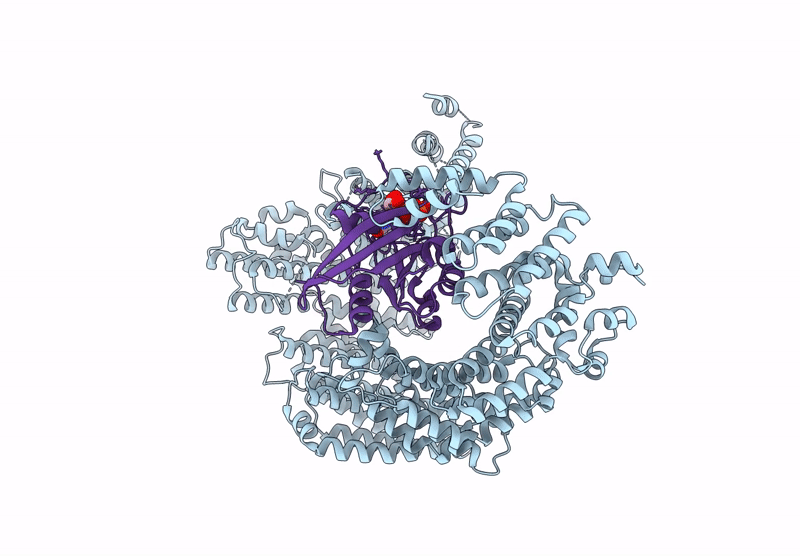
Deposition Date
2024-10-15
Release Date
2025-03-19
Last Version Date
2025-04-02
Entry Detail
PDB ID:
9DZ6
Keywords:
Title:
Cryo-EM structure of yeast Exportin Msn5 bound to RanGTP and Pho4 (not modeled) (State 3-1)
Biological Source:
Source Organism:
Saccharomyces cerevisiae (Taxon ID: 4932)
Host Organism:
Method Details:
Experimental Method:
Resolution:
3.10 Å
Aggregation State:
PARTICLE
Reconstruction Method:
SINGLE PARTICLE


